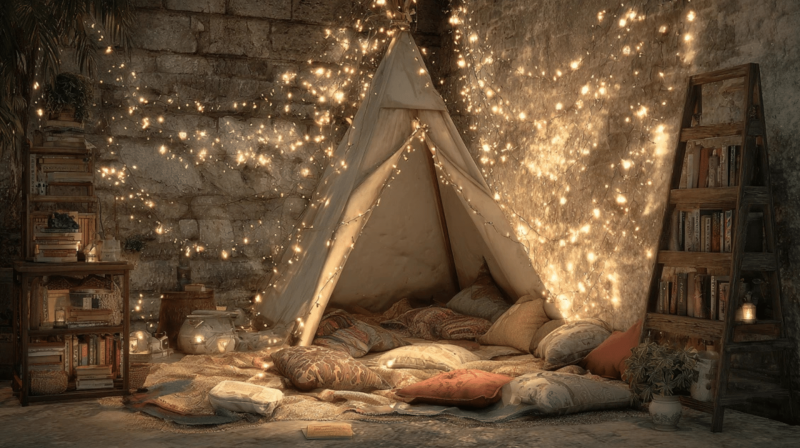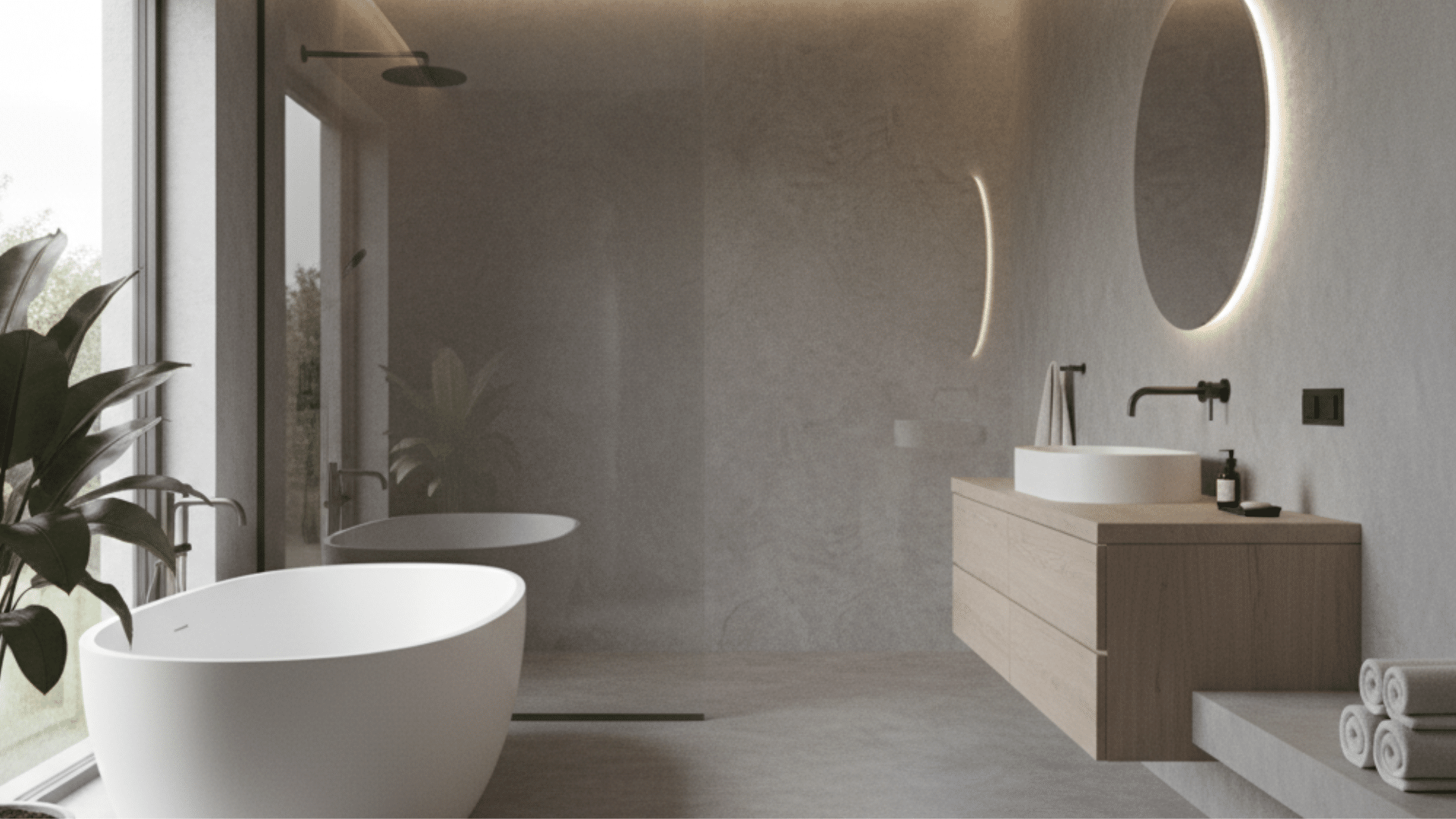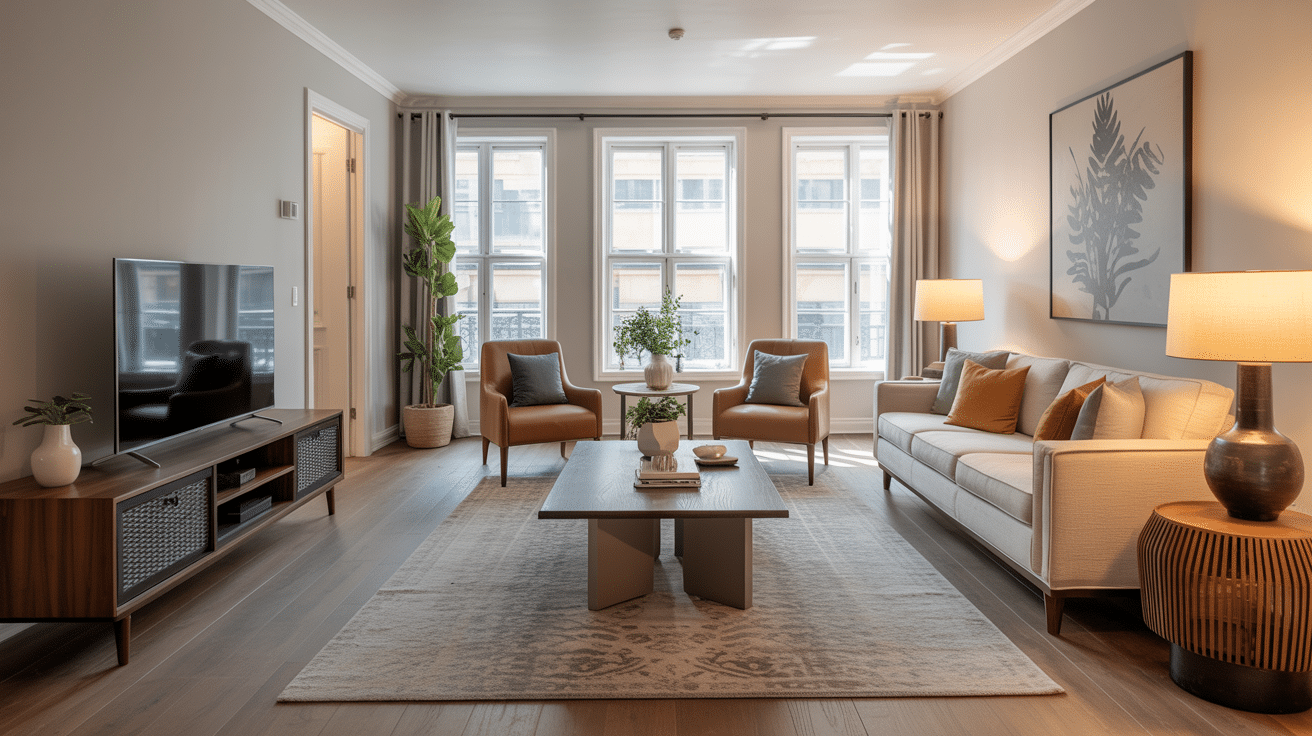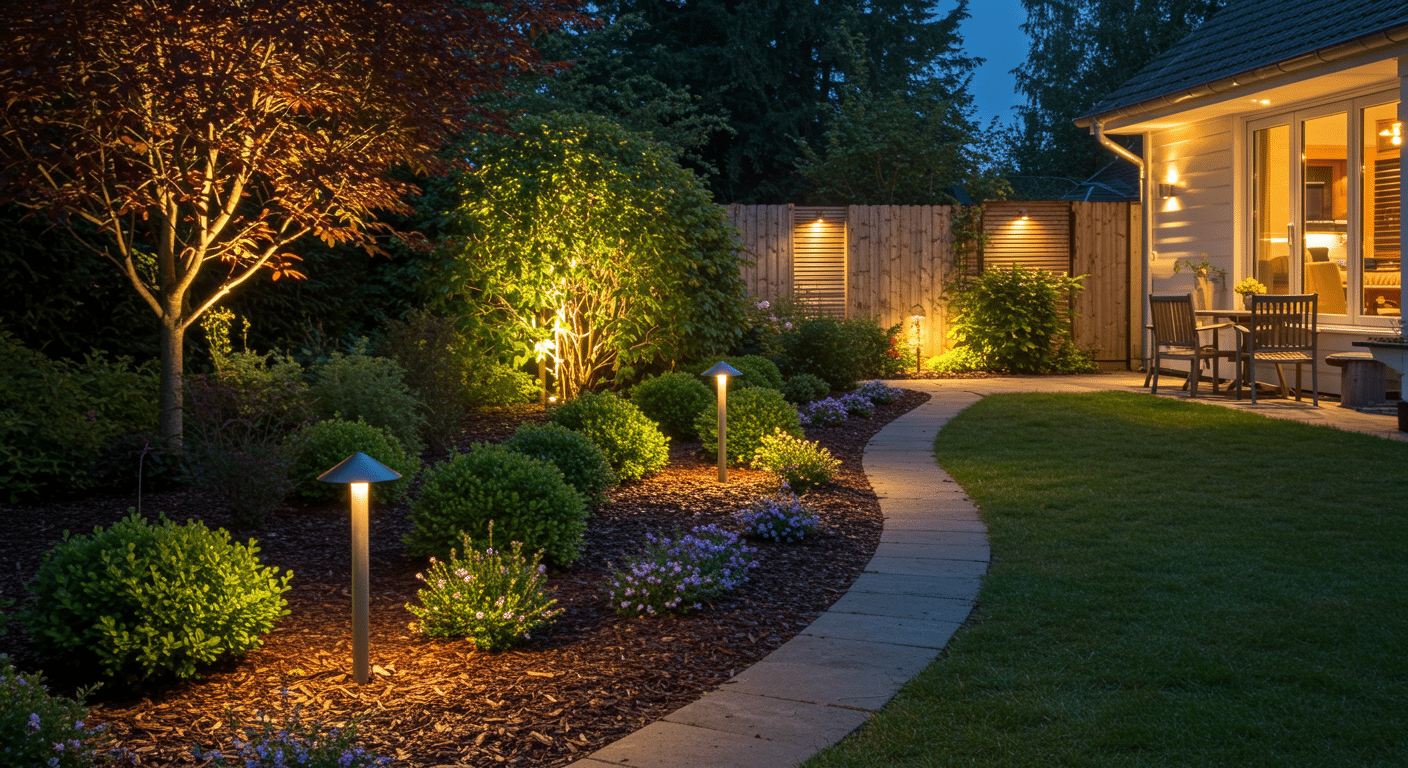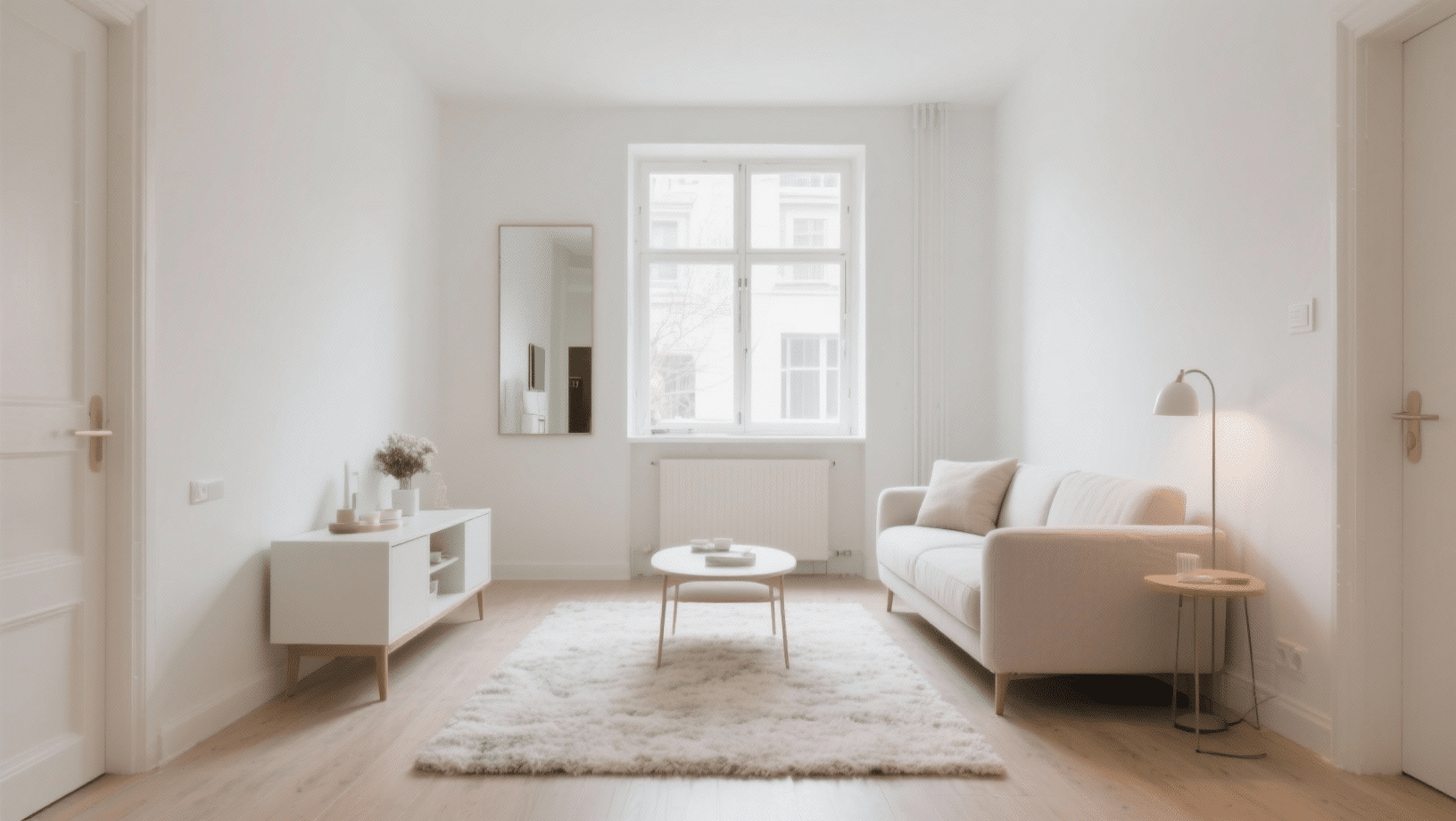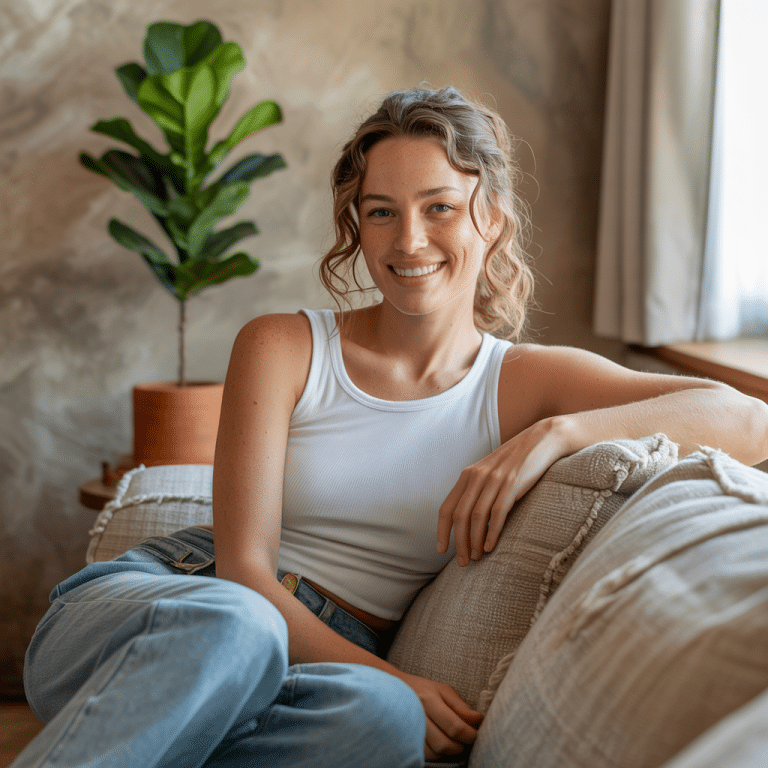Your basement’s sitting there, begging for a makeover. But where do you even start?
Most parents struggle with that awkward underground space; it’s either a cluttered storage nightmare or a boring concrete box. And let’s be honest, kids need somewhere to unleash their energy without destroying your living room.
Your basement holds incredible potential. With the right basement playroom ideas, that neglected space can become your family’s favourite hangout spot.
I’ve gathered some cool basement ideas that’ll change your downstairs into a fun zone where kids can play, create, and burn off energy, all while keeping your upstairs peaceful and organised.
Why Your Basement is the Ultimate Blank Canvas for a Playroom?
Basements offer the perfect space for kids’ playrooms because they provide room to be loud and messy without disturbing the rest of the house. The open layout gives children plenty of space to run, play, and spread out toys freely.
Since basements are often unfinished, parents can fin countless basement playroom ideas, add soft flooring for tumbling, bright paint for energy, or storage solutions for toys. The separation from main living areas means kids can leave projects out without worrying about company seeing the chaos.
With proper lighting and ventilation, basements transform into magical play kingdoms where imagination runs wild safely.
Creative Basement Playroom Ideas
Looking to transform your space? Below are some creative and cool basement ideas that turn ordinary playrooms into fun, creative havens for kids of all ages.
1. Art & Craft Creation Station
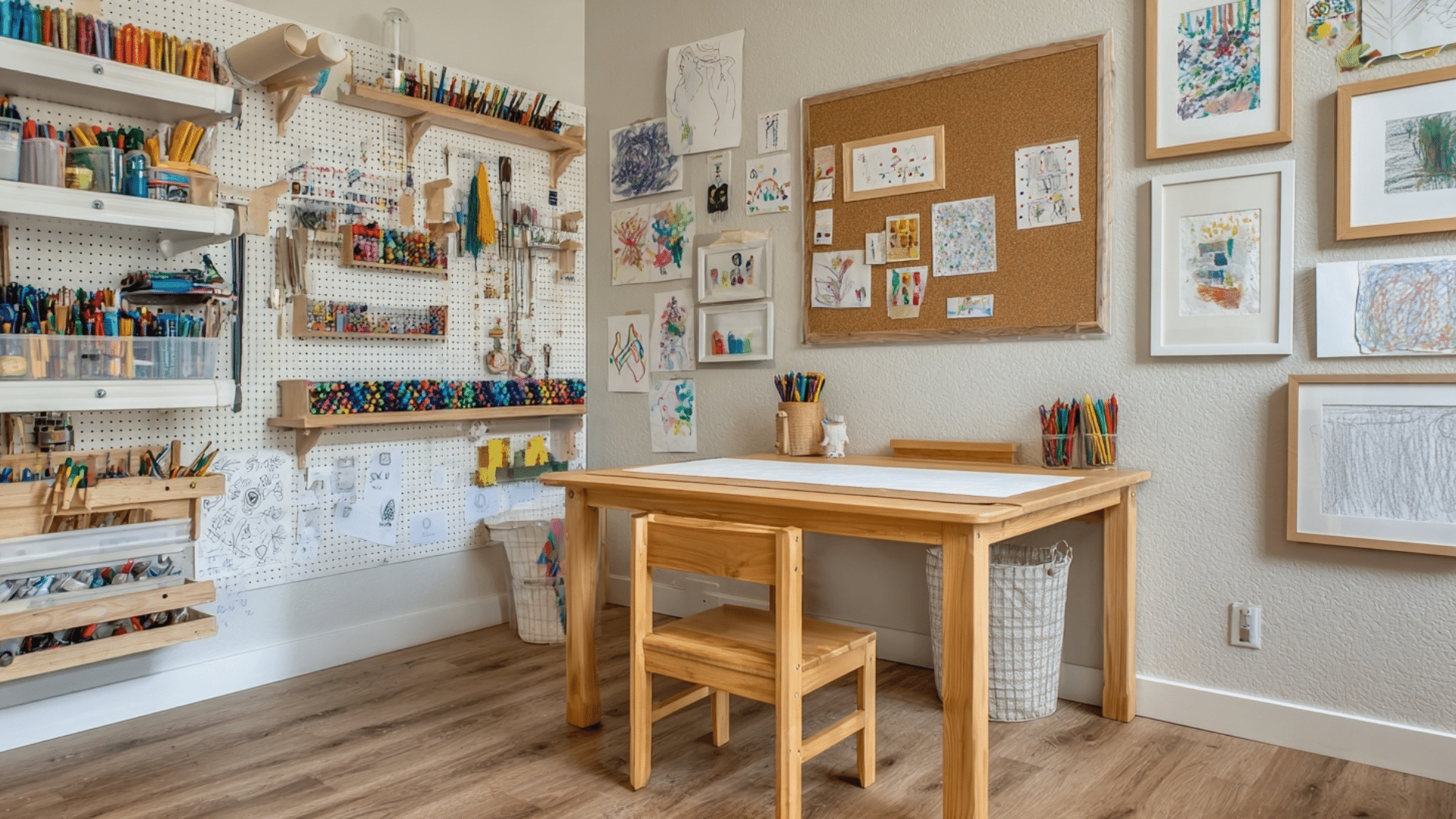
A vibrant space with tables and shelves stocked with colourful art supplies, where kids can paint, draw, and craft freely.
Walls double as galleries for their masterpieces with magnetic boards or butcher paper rolls. It’s the ultimate spot for messy creativity that stays contained.
- How to Achieve It: Use a small table, open wall shelving, and a dedicated display area like a corkboard.
- Budget: $150–$300 approx.
- Best For: Creative kids who love drawing, painting, and crafting.
2. Cosy Reading & Storytime Nook
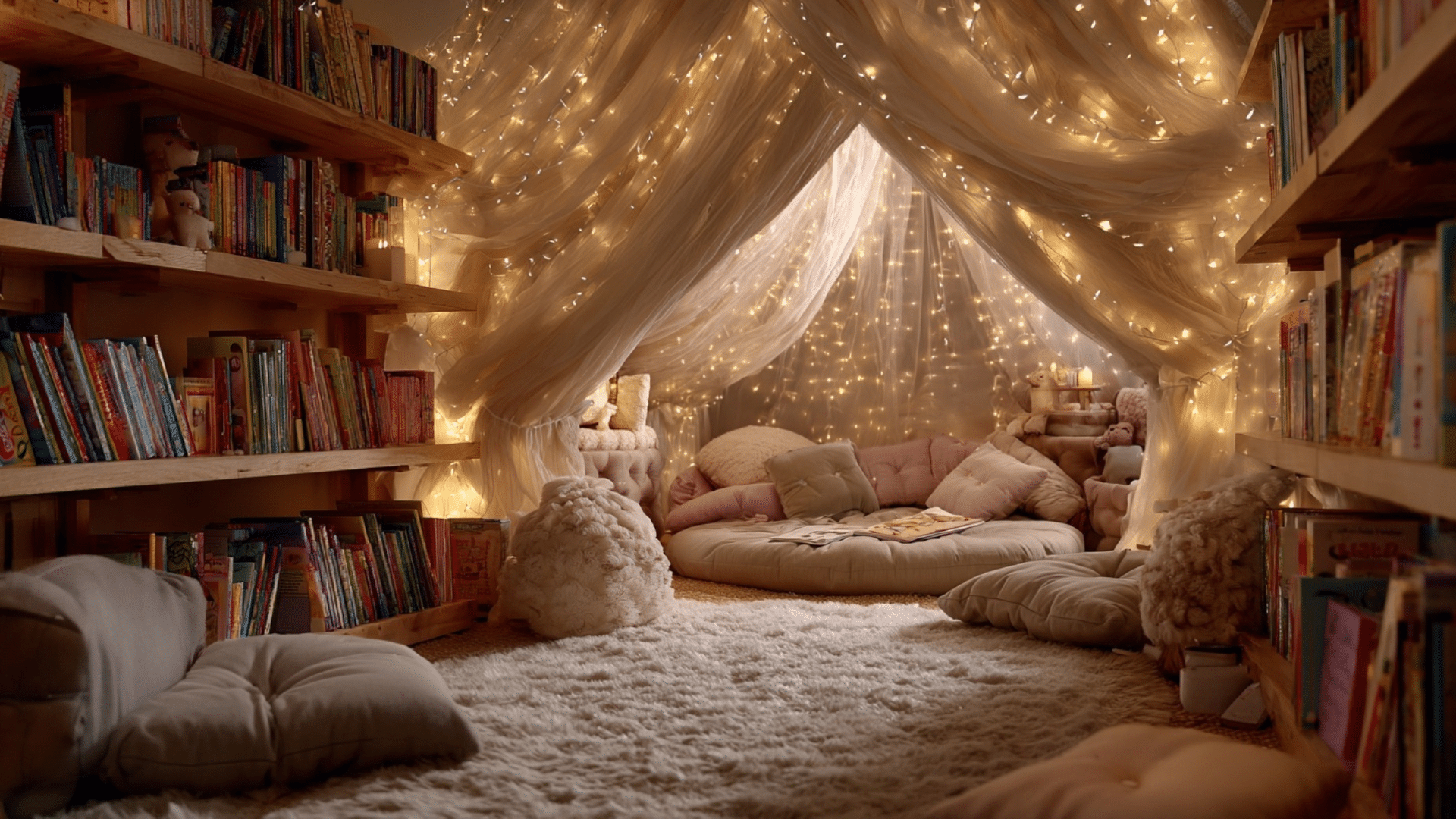
A quiet corner filled with floor cushions, fairy lights, and shelves brimming with their favourite books becomes a secret retreat.
Tucked inside a tent or alcove, it invites kids to lose themselves in stories. A magical hideaway that sparks daily reading voyage.
- How to Achieve It: Set up a tent or canopy, fairy lights, and low book storage.
- Budget: $100–$200 approx.
- Best For: Book lovers and kids who enjoy quiet, independent time.
3. Mini Stage & Dress-Up Theatre
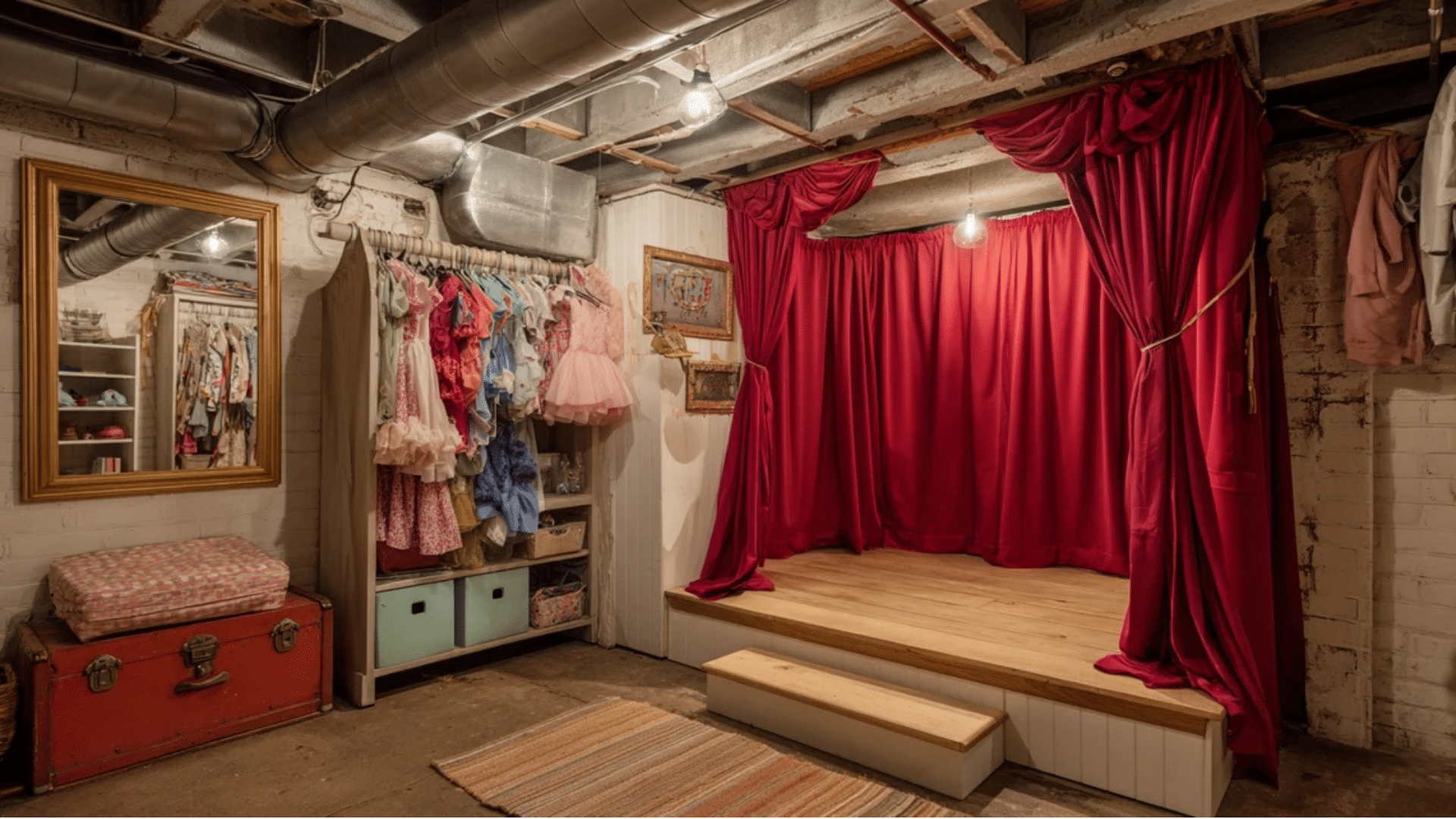
A small stage with curtains and a treasure chest of costumes transforms into a world of performances.
Mirrors on the wall encourage dramatic poses and confident play. Kids step into any role, from superheroes to royalty, while learning storytelling skills.
- How to Achieve It: Use a low stage rug, curtain rod, and costume trunk.
- Budget: $100–$250 approx.
- Best For: Kids who love acting, dress-up, and imaginative play
4. Indoor Fort & Teepee Hideaway

A charming nook with a teepee tent, pillows, and soft rugs becomes their personal hideout.
Draped fairy lights add a magical glow, inviting daydreaming and secret sibling meetings. It’s a special sanctuary for imaginative escapes and quiet downtime.
- How to Achieve It: Create a cozy corner with a teepee, rug, and string lights.
- Budget: $100–$250 approx.
- Best For: Younger kids and siblings who love cozy spaces.
5. Creative Block Play Zone
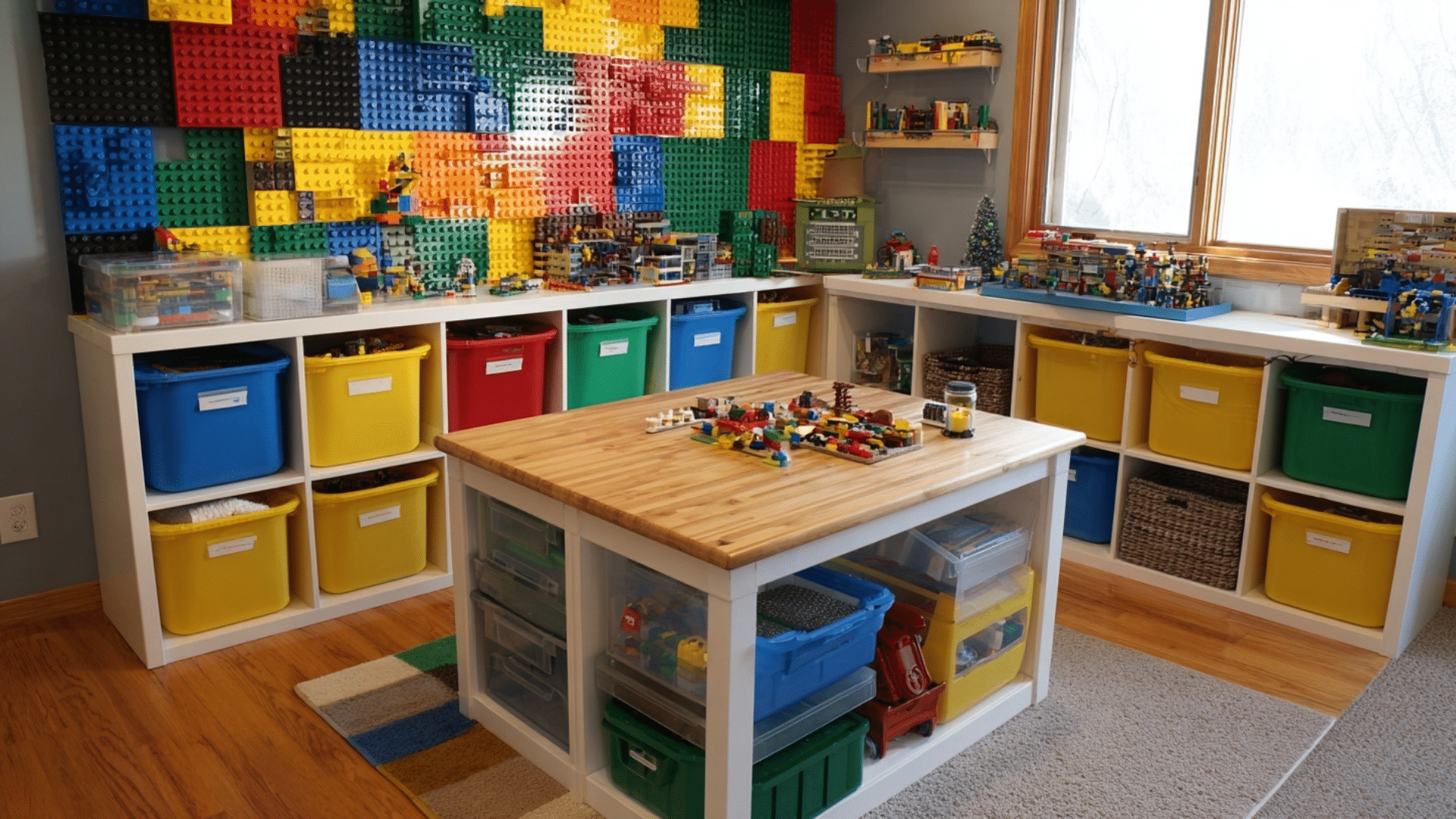
A builder’s paradise with LEGO walls, block shelves, and modular tables encourages architectural creativity.
Kids design towering structures and watch their ideas come to life. Everything is designed for easy access and tidy storage after a day of hands-on building.
DIY Steps:
- How to Achieve It: Install baseplates and cube shelves with labeled bins.
- Budget: $150–$300 approx.
- Best For: Kids who enjoy building and hands-on design.
6. Active Play & Movement Spot
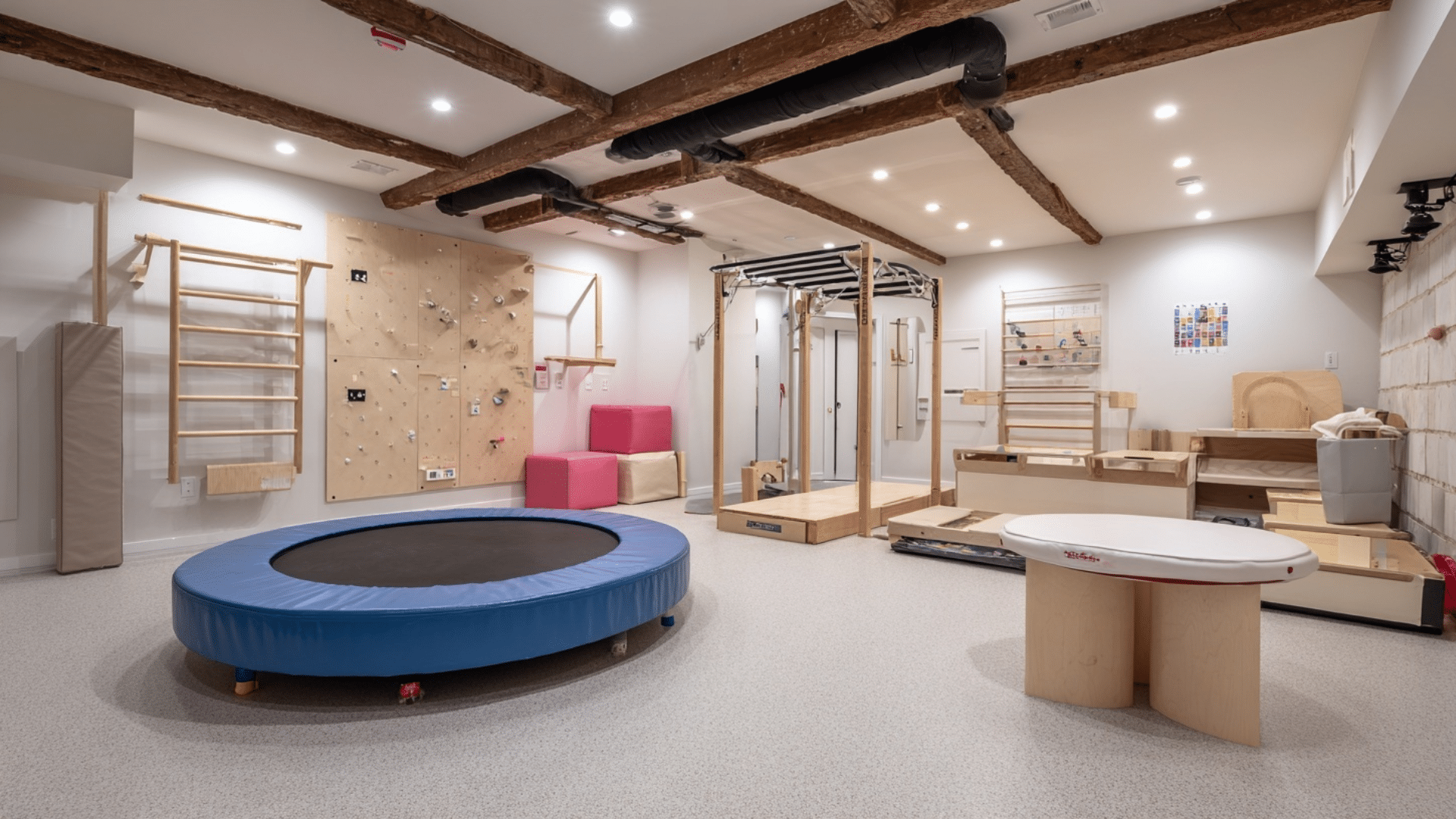
Foam climbers, balance beams, and a small trampoline turn part of the basement into a mini indoor playground.
Kids can release their energy safely, even on rainy days. This zone promotes physical fitness while keeping rough-and-tumble play in one safe space.
- How to Achieve It: Use foam blocks, tunnels, and crash mats.
- Budget: $300–$600 approx.
- Best For: Energetic kids needing indoor physical activity.
7. Tech & Digital Play Lounge
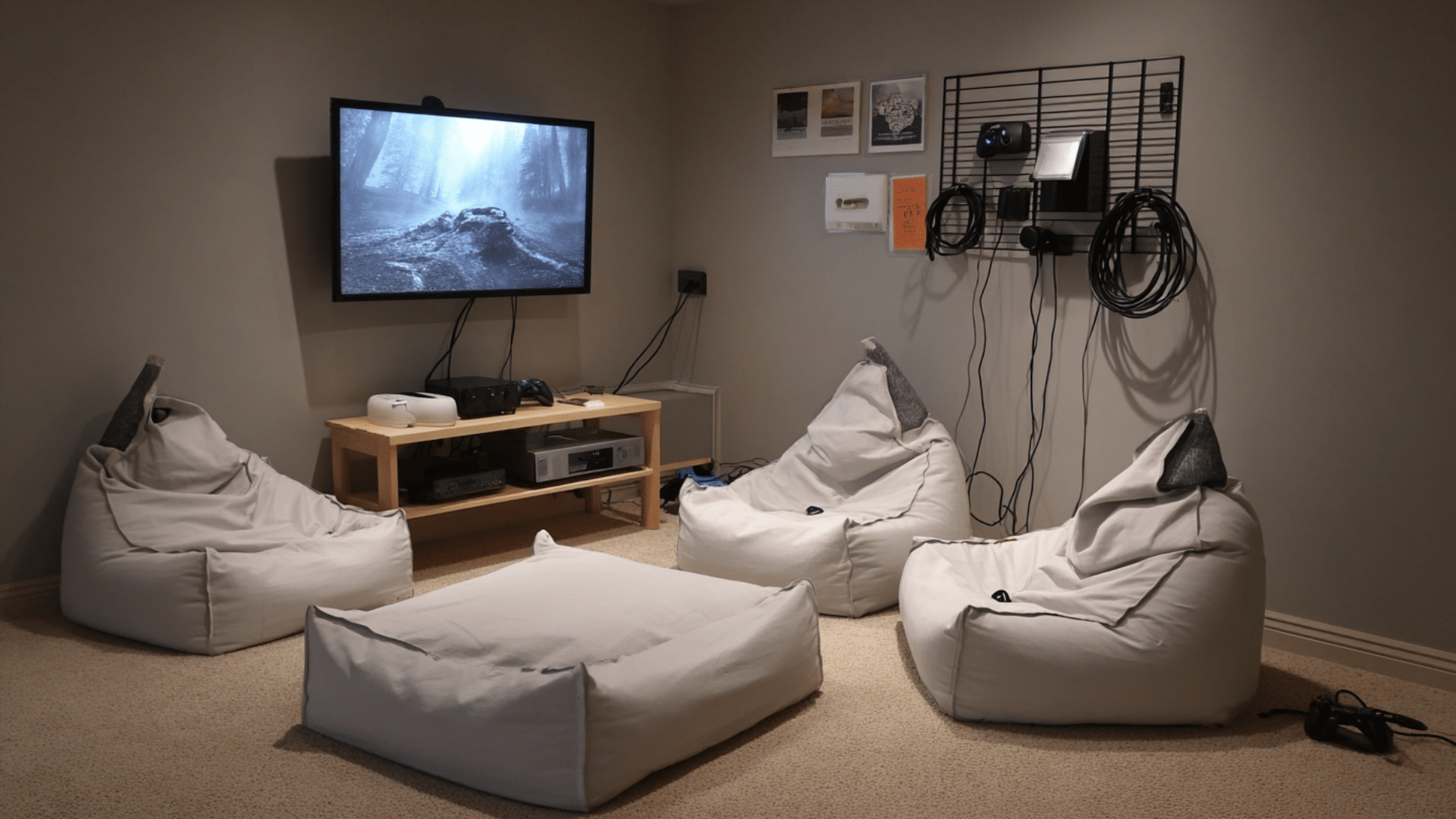
A comfy lounge area with floor cushions and a sleek console creates the ultimate digital hangout.
Kids can code, game, or explore educational apps within a structured setup. Cable organizers and storage bins keep gadgets tidy and screen time balanced.
- How to Achieve It: Use bean bags, tech storage, and a media console.
- Budget: $250–$400 approx.
- Best For: Older kids, coders, and gamers.
8. Music & Sound Exploration Studio
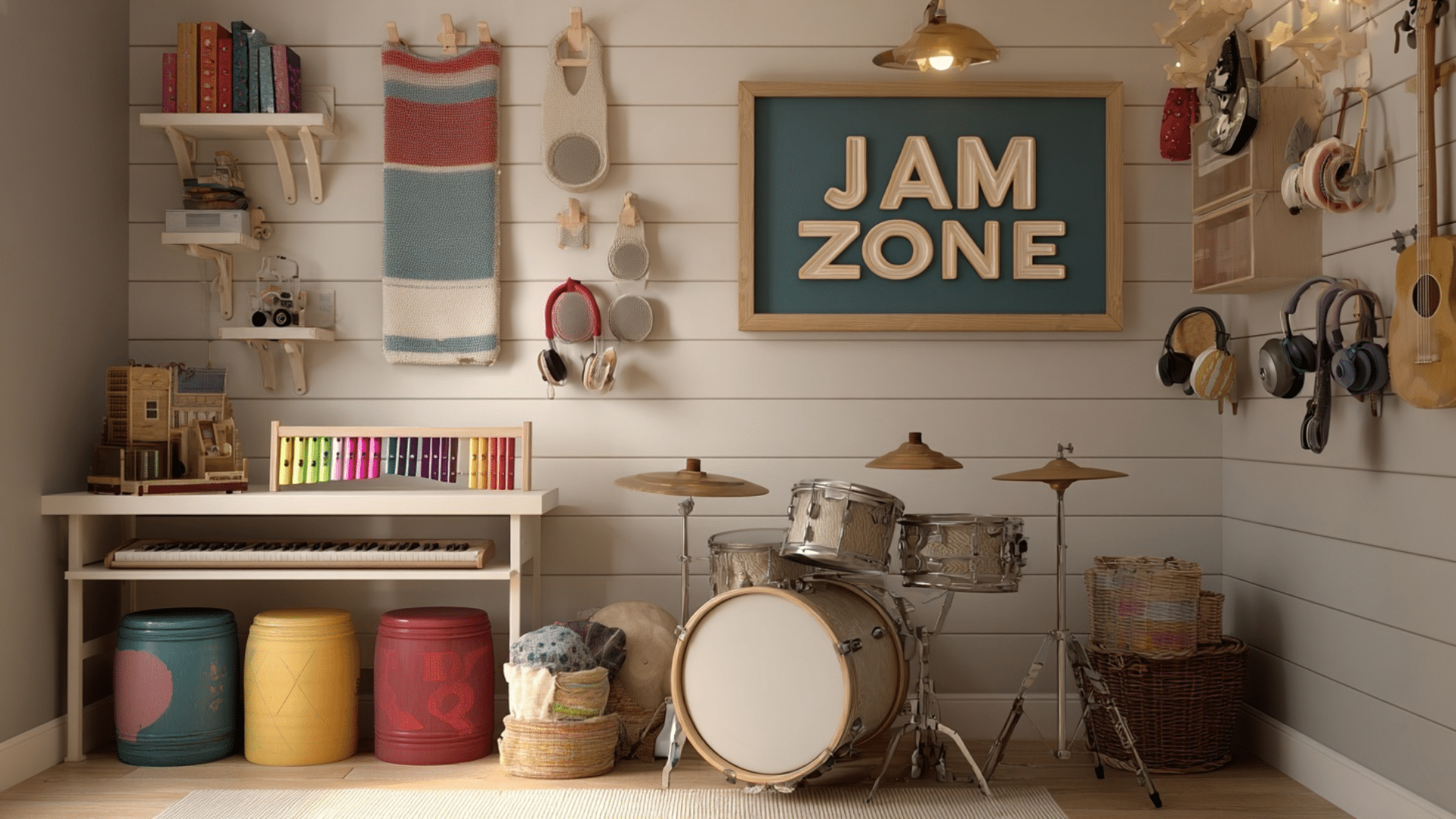
A mini studio equipped with child-sized instruments like drums, keyboards, and tambourines invites musical exploration.
Soundproof walls keep jam sessions enjoyable for everyone. Kids can experiment with rhythms and sounds in their very own music zone.
- How to Achieve It: Set up a shelf of instruments and hang acoustic panels.
- Budget: $200–$350 aprrox.
- Best For: Musical kids and beginners learning instruments.
9. Mini Indoor Sports Arena
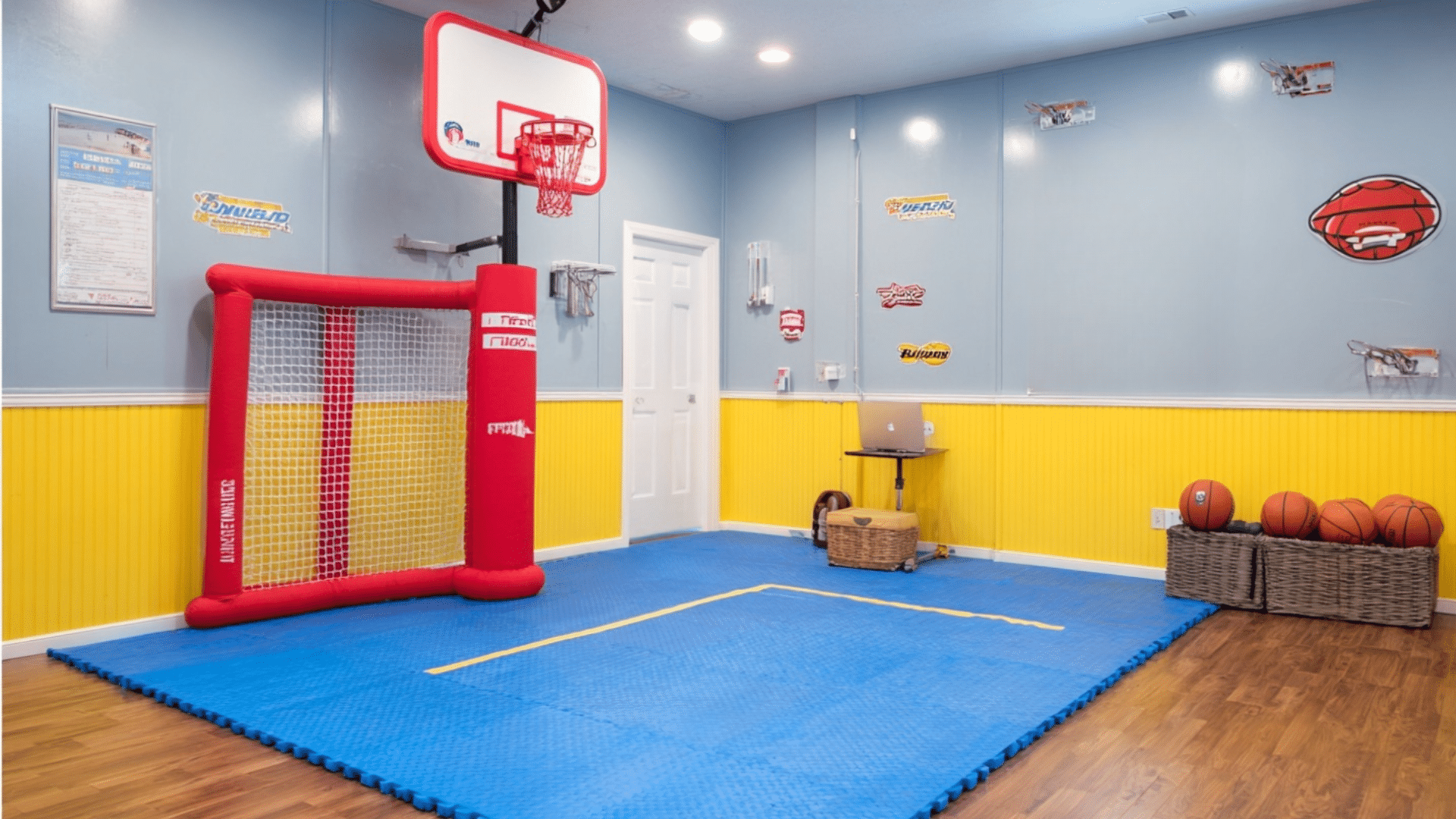
A section of the basement transforms into a sporty play zone featuring a mini basketball hoop, soft soccer nets, and foam flooring.
Rain or shine, kids stay active and develop coordination. This energetic space brings the outdoors in for year-round sports fun.
- How to Achieve It: Install foam tiles, mini nets, and ball storage.
- Budget: $200–$500 approx.
- Best For: Sports lovers and high-energy kids.
10. Wall Climbing & Adventure Wall

A small-scale climbing wall with soft mats underneath challenges kids’ strength and agility.
Colorful grips and variable routes keep the adventure exciting. It’s an active zone designed for safe indoor climbing fun.
- How to Achieve It: Install climbing grips and padded flooring.
- Budget: $400–$800 approx.
- Best For: Active kids who love physical challenges.
11. Movie Night & Cinema Lounge
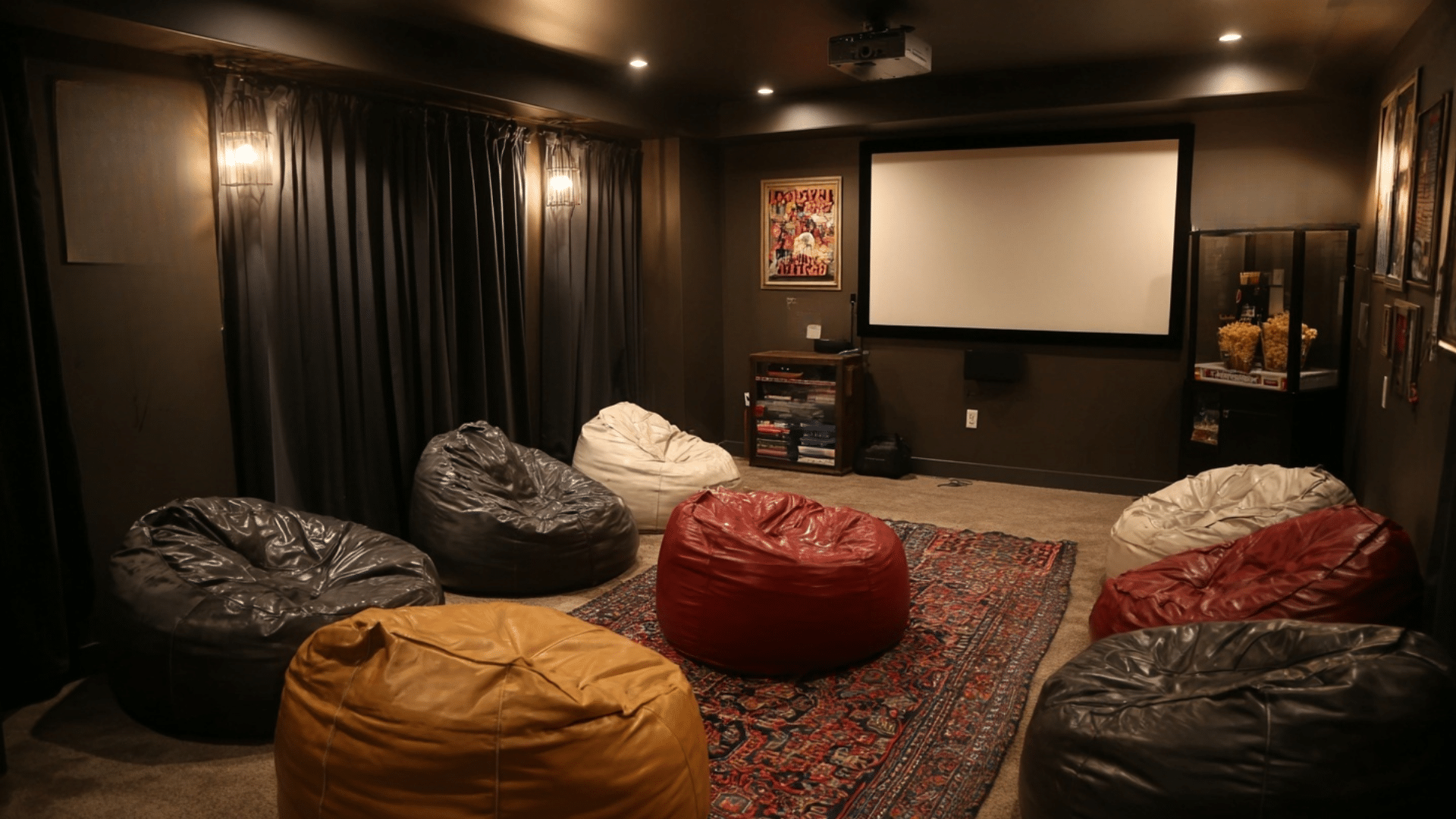
A cozy home theatre setup with beanbags, blackout curtains, and a projector becomes the ultimate family movie spot.
A popcorn cart and “now showing” sign add authentic cinema vibes. It’s a designated space for special family film nights and screen-time bonding.
- How to Achieve It: Use beanbags, blackout curtains, and a projector.
- Budget: $300–$700 approx.
- Best For: Families and movie lovers of all ages.
More Playroom Zones to Explore
12. Puzzle & Board Game Den
Create a cozy spot filled with classic board games, puzzles, and card decks for screen-free fun.
It’s perfect for quiet afternoons, family game nights, and problem-solving play. Add shelves or bins for easy access and storage.
- How to Achieve It: Use a low table, cube shelves for games, and floor cushions.
- Budget: $100–$250 approx.
- Best For: Kids who love problem-solving, teamwork, and screen-free play.
13. Doodle Wall Zone
Turn one wall into a giant drawing board where kids can express themselves endlessly, without getting into trouble for drawing on the walls.
- How to Achieve It: Apply chalkboard paint or mount dry-erase boards and supply colorful markers.
- Budget: $75–$200 approx.
- Best For: Little artists and kids who love to scribble.
14. Play Kitchen & Mini Market
Let kids cook up stories and serve imaginary meals in a pint-sized kitchen and shop setup.
Stock it with pretend food, baskets, and a chalkboard menu. Great for social play and endless role-switching fun.
- How to Achieve It: Add a toy kitchen, baskets for play food, and a chalkboard for “menus.”
- Budget: $150–$300 approx.
- Best For: Kids who love role-playing and pretend cooking.
15. Construction Corner
A space for hands-on building with toy tools, foam bricks, and magnetic tiles.
It encourages creativity, problem-solving, and fine motor skills. Think of it as their first workshop, no hard hat required.
- How to Achieve It: Use a workshop bench, bins of construction toys, and a rug to define the zone.
- Budget: $100–$250 approx.
- Best For: Builders and hands-on tinkerers.
16. Chill & Calm Down Space
A quiet spot with soft lighting, cozy textures, and sensory tools like fidget toys or weighted blankets, perfect for winding down.
- How to Achieve It: Add bean bags, soft lighting, and sensory bins.
- Budget: $100–$200 approx.
- Best For: Kids who need breaks, sensory-sensitive children, or just anyone needing calm.
17. Glow-in-the-Dark Play Zone
A cool space that lights up with glowing stars, blacklights, and neon fun. Kids can play with glow toys or simply enjoy the magical vibe. It feels like a mini galaxy right in your basement.
- How to Achieve It: Use LED strips, blacklight bulbs, and glow-in-the-dark paint or stickers.
- Budget: $150–$300 approx.
- Best For: Night owls and kids who love sensory surprises.
18. Nature & Garden Imagination Spot
Bring the outdoors in with leafy decor, grass rugs, and nature-themed toys. Great for imaginative play, bug hunts, or a pretend picnic. It’s peaceful, earthy, and fun without the bugs.
- How to Achieve It: Add a green rug, kid-safe plants, and a nature-themed mural or wall stickers.
- Budget: $100–$250 approx.
- Best For: Curious nature-lovers and kids who love the outdoors.
19. Race Track & Wheels Garage
Set up a driving paradise with race tracks, toy cars, and road play mats. Perfect for zooming, crashing, and parking their favorite vehicles. Keep it tidy with labeled bins and low shelves.
- How to Achieve It: Use play mats with road designs, shelves for vehicle storage, and wall-mounted ramps.
- Budget: $75–$200 approx.
- Best For: Kids obsessed with cars, trucks, or anything that zooms.
20. Make-Believe Village
Create a mini town with zones for a doctor’s office, bakery, or vet clinic. Kids can switch roles, run errands, and let their imaginations take over. It’s like a pretend city built just for them.
- How to Achieve It: Use playsets or cardboard dividers, signs, and props.
- Budget: $150–$350 approx.
- Best For: Imaginative kids who love playing pretend roles.
21. Under-the-Sea Adventure Nook
Dive into the ocean, play with sea creature toys, blue fabrics, and bubble lights. Perfect for mermaid tales, treasure hunts, or exploring sea mysteries. It brings a splash of wonder to your space.
- How to Achieve It: Use blue fabrics, fish decals, and ocean-themed toys or books.
- Budget: $100–$250 approx.
- Best For: Kids who love sea life, mermaids, and underwater voyages.
22. Cardboard Creation Station
A space where imagination meets recycling, kids use cardboard boxes, paper towel rolls, and tape to build forts, robots, vehicles, and whatever they dream up.
- How to Achieve It: Stock up on recycled cardboard, child-safe scissors, duct tape, markers, and a flat work surface.
- Budget: $50–$150 approx.
- Best For: Inventive kids who love crafting, building, and thinking outside the (literal) box.
23. Train Table Town
A dedicated area for trains, tracks, tunnels, and mini towns. Great for long play sessions and keeping setups intact. Add storage drawers underneath to keep pieces sorted.
- How to Achieve It: Add a train table or low platform and storage bins for track pieces.
- Budget: $150–$300 approx.
- Best For: Train lovers and kids who love small-world setups.
24. Spy & Secret Agent Headquarters
A top-secret hideout for solving mysteries, decoding clues, and sneaky missions. Add invisible ink, walkie-talkies, and maps for full immersion. It’s thrilling, imaginative, and totally undercover.
- How to Achieve It: Use lockers or cabinets, spy gadgets, and printable clue cards.
- Budget: $100–$200 approx.
- Best For: Mystery solvers and adventure seekers.
25. Color & Shape Sensory Zone
A bright, toddler-friendly area full of textures, shapes, and sorting games. Perfect for early learning and sensory exploration. Safe, soft, and simple to set up.
- How to Achieve It: Use foam tiles, sensory bins, and soft, baby-safe toys.
- Budget: $100–$250 approx.
Best For: Toddlers and sensory learners.
26. Superhero Training Zone
An action corner for capes, missions, and saving the day. Include obstacle course pieces and a “mission board” for daily challenges. Great for active kids with big imaginations.
- How to Achieve It: Hang up capes and masks, add obstacle course pieces like cones or tunnels, and set up a “mission board” with daily challenges or pretend emergencies.
- Budget: $100–$250 approx.
- Best For: Kids who love superheroes, role play, and active play.
27. Magic & Fairy Tale Corner
A dreamy nook filled with fairy lights, costumes, and whimsical storybooks. Perfect for dressing up, casting spells, or reading enchanted tales. It’s a little slice of storybook charm.
- How to Achieve It: Use sheer curtains, sparkly pillows, and a costume bin.
- Budget: $100–$200 approx.
- Best For: Dreamers, fairy tale lovers, and little magic-makers.
Things to Keep in Mind
Kids grow fast, and their playroom should grow with them. Below are some tips I think are super useful for creating a space that evolves over time:
1. Choose Adjustable Furniture: Pick desks and chairs that can be resized as your child grows to avoid constant replacements.
2. Invest in Flexible Storage: Use shelves and bins that can transition from toys to books, crafts, or school supplies over the years.
3. Create Multi-Use Spaces: Design play areas that can easily transform into homework stations or creative work zones later on.
4. Pick Neutral, Timeless Bases: Stick with neutral walls and big furniture so you can refresh the look with easy decor updates as they age.
5. Leave Room for New Interests: Don’t overcrowd the room; leave open space for future hobbies, gear, or changing activities.
Bottom Line
Ready to turn that empty basement into your family’s favourite hangout spot? These basement playroom ideas prove you don’t need a massive budget or perfect diy skills to create something amazing.
Start small, think big, and watch your kids’ faces light up when they see their new space.
They grow with your family, giving everyone room to breathe. Your kids get their dream play zone, and you get peace of mind knowing they’re safe, entertained, and burning energy downstairs.
Which basement playroom idea caught your eye? Share your plans or photos in the comments.


